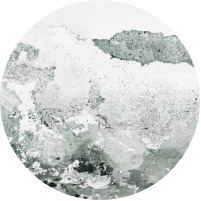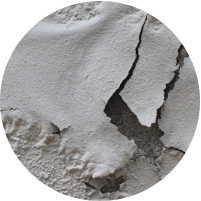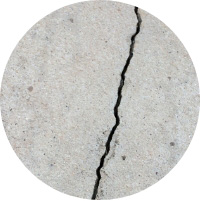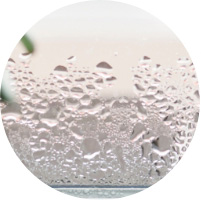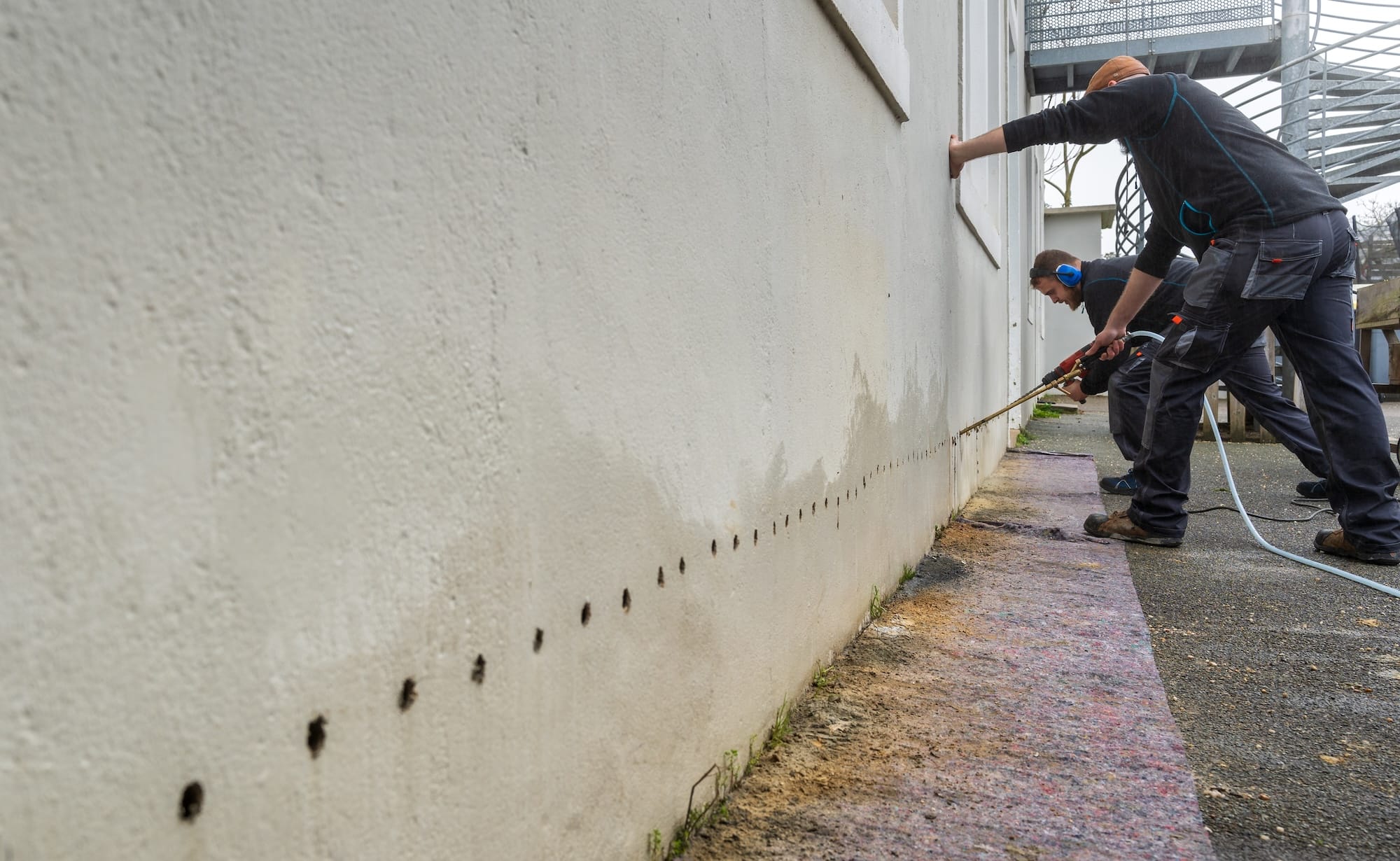
Wall treatment for a clean and healthy interior
Dampness in walls is a serious problem that can transform a living space into an unhealthy, degraded environment. The consequences of damp walls, whether due to capillary rise (or rising damp), infiltration or other causes, go far beyond simple aesthetic inconveniences such as stains, peeling paint or the presence of saltpetre and mould. A damp wall can lead to major structural problems, affect indoor air quality and consequently the health of occupants, while diminishing the value of your property. It is therefore crucial to identify the cause and apply a suitable treatment to ensure the longevity of your building and the comfort of its inhabitants.
Understanding capillary rise and its causes
Rising damp is a frequent phenomenon, particularly in older buildings, but can also affect modern constructions in the event of waterproofing failures. It occurs when water in the soil rises up through porous building materials (bricks, breeze blocks, mortar). Several factors contribute to this phenomenon: the nature of the building materials used plays a crucial role, as some, such as brick or porous stone, are highly capillary. Theabsence or failure of a waterproofing barrier (sanitary seal) at the base of walls is another major cause; if this barrier has not been installed or has deteriorated over time, water can infiltrate. Finally, a high water table or poor drainage around the building can exacerbate the problem.
Above-ground wall injection: a targeted solution to rising damp
To put a lasting stop to climbing damp,above-ground wall injection is a proven and effective solution. This technique consists in creating a waterproof barrier at the base of the walls, directly in their thickness. Holes are drilled at regular intervals, then a specific water-repellent product, such as Murprotec's MSC+ formula, is injected under pressure. This product diffuses into the material's capillaries and, after polymerization, forms a definitive blocking zone that prevents water from the ground from rising up. Walls can then dry out naturally.
Murprotec's MSC+ formula offers significant advantages: it is odorless and bioinflammable, ensuring maximum comfort during work and enhanced safety. This treatment not only stops capillary rise, but also prevents the development of saltpetre and mould, and helps improve indoor air quality. By treating the cause at source, injection preserves the integrity of the structure and ensures the durability of the building.
Other treatments for damp walls: buried walls and facades
In addition to capillary rise, other situations require specific treatment. Buried walls (cellars, basements) are often subject to lateral water infiltration from the surrounding soil. In such cases, casing may be necessary. This involves creating a watertight casing inside the room to prevent water from penetrating. Facades exposed to the elements can also become porous, allowing water to seep through. Waterproofing a facade provides lasting protection against rainwater penetration, while allowing it to breathe.
Why treat walls for damp? The benefits of intervention.
Treating walls against damp is not just a question of aesthetics. First and foremost, it's about protecting the structure of your home from costly damage. It also means protecting the health of occupants by eliminating mold and improving air quality. Last but not least, a healthy, moisture-free home retains - and even increases - its value on the real estate market.
Murprotec solutions for sustainably healthy walls
Murprotec's expertise can help you solve your wall moisture problems once and for all. It all starts with a free in-home diagnosis by one of our experts. This visit enables us to precisely identify the origin of the damp and the extent of the damage. You'll then receive a detailed report and an immediate, accurate quotation.
Whether it'sinjection to combat rising damp, casing for buried walls or waterproofing facades, we use high-performance products from our own factories, guaranteeing a direct circuit and controlled quality. We provide a follow-up inspection on average 18 months after completion of the work, and our solutions come with a warranty of up to 30 years, giving you lasting peace of mind.
 The signs
The signs
 The consequences
The consequences
 Humidity in the home
Humidity in the home
 The causes
The causes
 Solutions
Solutions





 Our branches
Our branches

